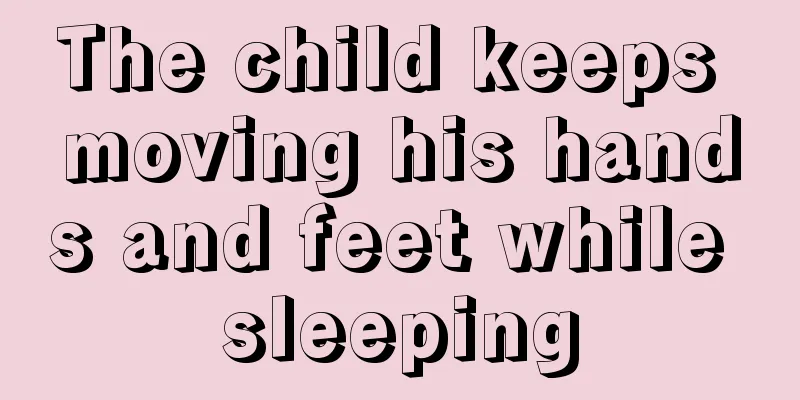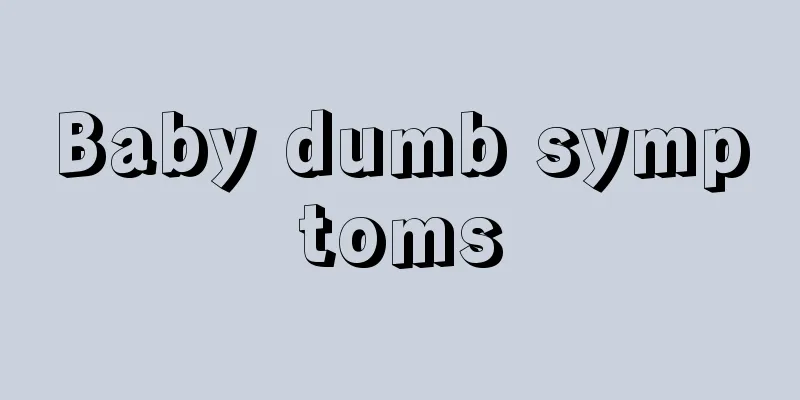How to treat and care for cough and asthma pneumonia in children?

|
In daily life, we often hear parents say that their children have cough and asthma pneumonia and they are very anxious. So how should we deal with this symptom and how should we treat it? The editor will share with you below, let’s take a look together! Pediatric cough and asthma pneumonia refers to lung inflammation caused by different pathogens or other factors. Most pneumonias are caused by acute upper respiratory tract infection or bronchitis spreading downward, or are secondary to respiratory infectious diseases such as measles. Common pathogens of pneumonia are bacteria (Pneumococcus, Staphylococcus aureus, Escherichia coli, etc.) and viruses (parainfluenza virus, influenza virus, adenovirus, etc.). In addition, some children suffer from pneumonia due to secondary bacterial infection on the basis of viral infection, which is called "mixed pneumonia". In recent years, due to the widespread misuse and abuse of antibiotics, bacterial flora has been imbalanced, and pneumonia caused by drug-resistant strains such as Pseudomonas aeruginosa, Staphylococcus aureus and fungi has increased. Generally speaking, the causes of pneumonia are different, and the lesion sites, pathological characteristics and clinical manifestations vary, but no matter what type of pneumonia it is, it has the following five major characteristics. 1. Fever. Clinically, there is no fixed pattern in the fever of children with pneumonia, but most children with pneumonia have symptoms of persistent high fever. Some children may have normal body temperature during the day, but start to have a fever in the evening. 2. Frequent coughing. In the early stage, it is an irritating dry cough. 3. Shortness of breath. It often occurs after fever and cough. Children often have systemic symptoms such as lack of energy, loss of appetite, irritability, mild diarrhea or vomiting. 4. Difficulty breathing. Children often have purple areas around their mouth, nose and lips, and their breathing speeds up to 40-80 times per minute. 5. Pulmonary rales. Doctors can hear medium and fine moist rales using a stethoscope. Through the sharing above, you have a certain understanding of the symptoms of this type of pneumonia in children. Then in the future, you must do a good job of caring for your baby, so as to prevent your baby from getting sick! |
<<: How to feed a two-year-old baby
>>: How to control the water temperature for baby bathing
Recommend
What kind of complementary food is good for babies with indigestion?
When babies are very young, they often have indig...
What causes nausea and retching in newborns?
If a newborn baby experiences nausea and retching...
How to solve the yellow palms and soles of children
The yellow palms and soles of children may be cau...
How old should the baby be to start supplementing DHA?
After birth, the baby's body needs to supplem...
What can children eat to improve their immunity?
If a child has low immunity, he or she is very li...
Why is my baby breathing heavily?
We all hope that our babies can grow up healthy a...
How to diagnose cerebral palsy in children
Cerebral palsy in children can actually be so ser...
What should children eat to be good for their eyes? Eat more of these foods
Eyes are very important, and eye problems can hav...
What is the reason why children are so active?
Children's hyperactivity is just a sign of yo...
Is it normal for a 2 year old baby to drool?
It is a normal physiological phenomenon for babie...
Causes of abnormal tooth development in children
In fact, for their children, the development of t...
When is the best time for children to grow taller?
Parents all hope that their children grow as tall...
What should a six-year-old child with constipation eat?
Many mothers are very troubled by constipation in...
How to make children's bone soup
Childhood is the period of rapid growth and devel...
What medicines can be used to treat babies bitten by mites?
Everyone knows that mites have a great impact on ...









